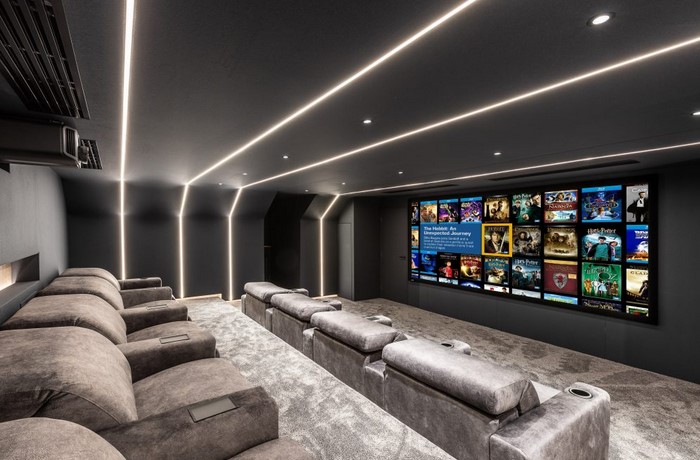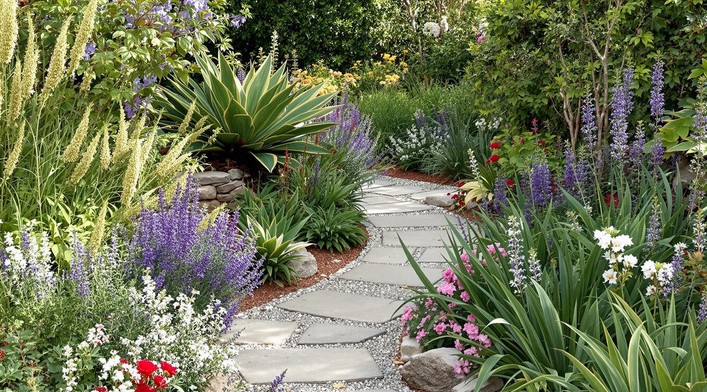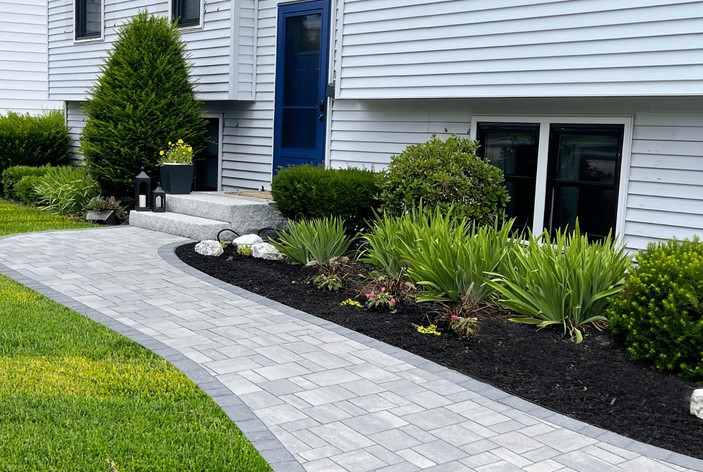
A well-designed walkway can transform any outdoor space, guiding visitors while enhancing the aesthetic appeal of your garden or backyard. Among the many materials available for outdoor paths, concrete paver walkways have gained immense popularity due to their durability, versatility, and stylish appeal. Whether you’re designing a simple garden path or a grand entrance to your home, concrete pavers offer an attractive solution that can withstand the elements while complementing your landscape. In this article, we’ll explore the benefits of concrete paver walkways, design ideas, and maintenance tips to help you create the perfect outdoor path for your home.
The Advantages of Concrete Paver Walkways
Concrete pavers are often the go-to choice for homeowners looking to build functional and visually appealing walkways. These interlocking stones are made from a mixture of cement, sand, and aggregate, resulting in a strong and long-lasting material that can handle heavy foot traffic, adverse weather conditions, and more. Here are some key advantages of using concrete paver walkways:
1. Durability and Longevity
One of the primary benefits of concrete paver walkways is their exceptional durability. Concrete pavers are designed to withstand the rigors of outdoor environments, from extreme temperatures to heavy rainfall and snow. The interlocking design of pavers allows them to distribute weight evenly, preventing cracking or shifting, even under the pressure of heavy foot traffic or the movement of vehicles.
Additionally, pavers are resistant to damage from UV rays and chemical exposure, which means they won’t fade or deteriorate over time. With proper maintenance, a concrete paver walkway can last for decades, making it a long-term investment for your outdoor space.
2. Customization and Versatility
Concrete pavers come in a wide variety of shapes, sizes, colors, and textures, offering endless customization options to suit your personal style and landscape design. Whether you prefer the sleek, modern look of smooth, rectangular pavers or the rustic charm of cobblestone-style pavers, there’s a design that can complement any aesthetic.
Pavers can also be arranged in various patterns, from simple linear designs to intricate herringbone or basketweave patterns, allowing you to create a walkway that perfectly matches the vibe of your outdoor space. If you want to create a more dynamic design, you can mix and match colors or textures to produce a multi-dimensional, visually engaging effect.
3. Low Maintenance
Compared to other paving materials like wood or gravel, concrete paver walkways are relatively low-maintenance. Unlike wood, which can warp or rot over time, or gravel, which requires frequent replenishing, concrete pavers are designed to maintain their appearance and functionality with minimal effort. They are resistant to weed growth, and most debris can be swept away with ease.
If any pavers become cracked or damaged, individual pieces can be replaced without having to redo the entire walkway. This makes concrete paver walkways a cost-effective option in the long run, as repairs are easy and inexpensive to carry out.
4. Eco-Friendly Option
Concrete pavers can also be an environmentally friendly option for your outdoor paths. Many pavers are made using recycled materials, which helps reduce the need for new resources. Additionally, the permeable nature of many concrete pavers allows for proper water drainage, reducing the risk of flooding and water runoff in your yard. This environmentally conscious design can also help prevent erosion and promote healthy soil.
Design Ideas for Concrete Paver Walkways
Creating a concrete paver walkway is an opportunity to enhance the beauty of your yard while making it more functional. Below are a few design ideas to help inspire your project:
1. Straight and Simple
For a clean, modern look, a straight walkway using uniform concrete pavers can create a sleek, minimalist design. This type of walkway is ideal for contemporary landscapes or for homeowners looking for a more streamlined look. Choose rectangular or square pavers with smooth finishes, and lay them in a simple linear pattern.
This design works well when paired with symmetrical plantings on either side, allowing the pathway to guide the eye while creating a balanced, orderly feel.
2. Curved Paths
If you’re aiming for a more natural or rustic aesthetic, a curved walkway can add fluidity and movement to your garden. By gently curving the path, you can create a more organic feel that flows with the contours of your landscape. This is particularly useful for larger yards or areas with winding garden beds or trees.
To enhance the look, consider using irregularly shaped pavers or mixing different colors and textures for a more whimsical, natural effect. The curved path will make your garden feel more inviting and encourage exploration.
3. Mixing Materials for Contrast
For a more dynamic and textural design, consider mixing concrete pavers with other materials, such as gravel, stone, or even wood. For example, you could use a combination of smooth concrete pavers and rough, natural stones to create an eye-catching contrast. Mixing materials allows you to play with different textures, which can add dimension and interest to your walkway.
Incorporating plant life into the design—such as low-growing ground cover between the pavers—can also add another layer of visual appeal while maintaining a sense of natural beauty.
4. Borders and Accents
Adding borders to your walkway can help define its edges and create a more polished, finished look. Concrete pavers can be framed with smaller stones or bricks to create a defined boundary between the path and surrounding landscaping. This is a great way to add a sense of structure without overwhelming the design.
For a bit of extra flair, consider adding accent elements such as outdoor lanterns, garden statues, or decorative planters along the edges of the walkway. These features can create a welcoming, visually pleasing environment and guide visitors through your yard.
Maintenance Tips for Concrete Paver Walkways
While concrete paver walkways are low-maintenance, a few simple steps can help ensure they remain in excellent condition for years to come. Here are some maintenance tips:
- Clean Regularly: Sweep your walkway regularly to remove dirt, leaves, and debris. This helps prevent the accumulation of organic material, which could lead to staining or weed growth.
- Power Wash: Once a year, consider power washing your pavers to remove any stubborn dirt, stains, or algae. Be sure to use a gentle setting to avoid damaging the surface of the pavers.
- Weed Control: Although pavers are resistant to weeds, some weeds may still manage to grow between the joints. Use a weed killer or pull weeds by hand to keep the walkway looking clean.
- Seal Your Pavers: Applying a sealant to your concrete pavers can help protect them from stains, water damage, and fading. A high-quality sealant will also make cleaning easier and prevent moss and algae from growing on the surface.
- Repairing Damaged Pavers: If any pavers become cracked or damaged, replace them promptly to avoid further issues. Concrete pavers can easily be lifted and replaced, making repairs quick and straightforward.
Concrete paver walkways offer an ideal solution for homeowners seeking a durable, stylish, and low-maintenance outdoor path. With their numerous benefits—including durability, customization options, and eco-friendly design—concrete pavers provide a versatile way to enhance your outdoor space. Whether you choose a simple, straight path or a more intricate, curved design, a concrete paver walkway can elevate your garden’s aesthetic while ensuring long-lasting performance. By following a few basic maintenance tips, you can keep your walkway looking pristine and functional for years, making it an investment that pays off in both beauty and durability.
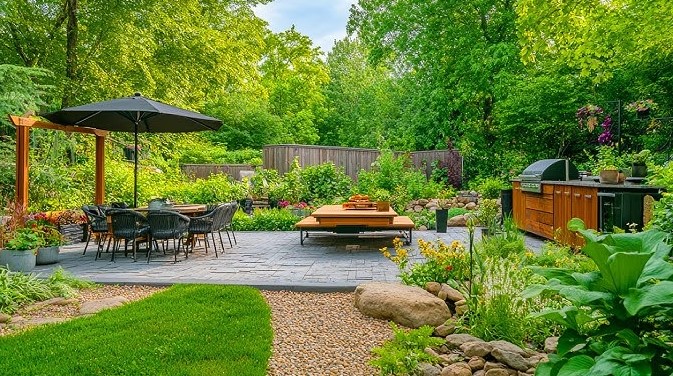


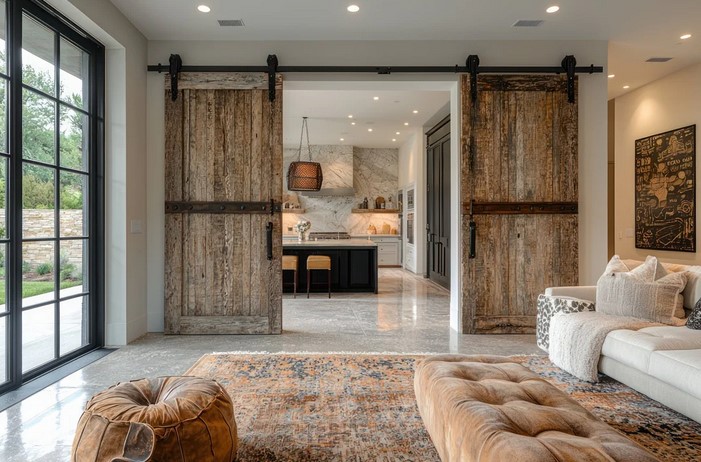

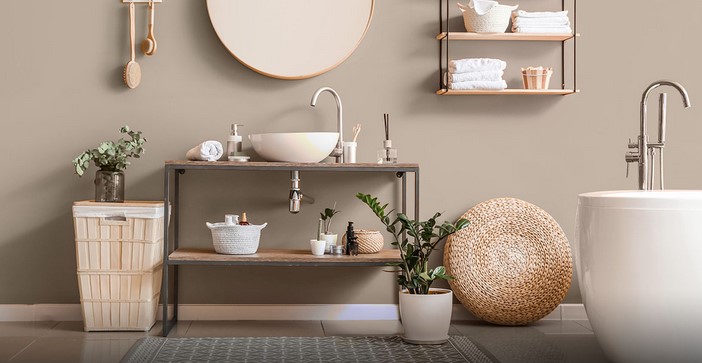 In today’s modern bathrooms, maximizing storage while maintaining a stylish look is essential. Bathroom shelving units provide an ideal solution for both. They offer a practical way to organize essentials like toiletries, towels, and cleaning supplies, while also elevating the aesthetic appeal of your space. Whether your bathroom is spacious or compact, the right shelving units can significantly improve functionality and transform the room’s overall design. In this article, we will explore the various types of bathroom shelving units, their benefits, and how to choose the right style for your needs and space.
In today’s modern bathrooms, maximizing storage while maintaining a stylish look is essential. Bathroom shelving units provide an ideal solution for both. They offer a practical way to organize essentials like toiletries, towels, and cleaning supplies, while also elevating the aesthetic appeal of your space. Whether your bathroom is spacious or compact, the right shelving units can significantly improve functionality and transform the room’s overall design. In this article, we will explore the various types of bathroom shelving units, their benefits, and how to choose the right style for your needs and space.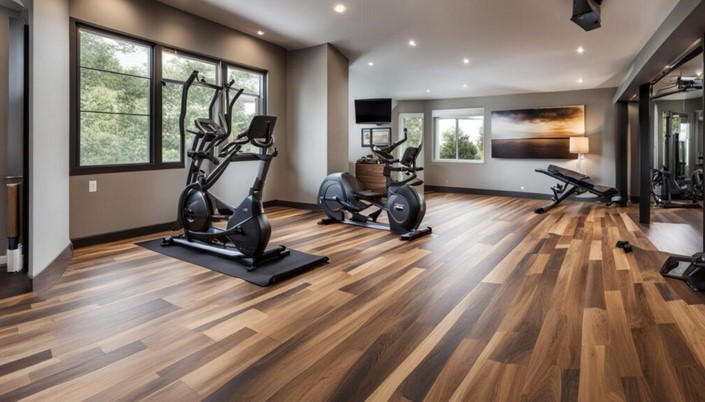 Creating the ideal home gym is about more than just investing in the latest workout equipment. The right home gym flooring options play a crucial role in ensuring your fitness space is both functional and comfortable. Whether you’re lifting weights, doing yoga, or practicing high-impact cardio, the flooring you choose can greatly influence your workout experience. The right floor can protect your joints, reduce noise, prevent damage to the underlying surfaces, and even improve the aesthetic of your space. This article explores a variety of home gym flooring options, helping you choose the best flooring for your workout needs, lifestyle, and budget.
Creating the ideal home gym is about more than just investing in the latest workout equipment. The right home gym flooring options play a crucial role in ensuring your fitness space is both functional and comfortable. Whether you’re lifting weights, doing yoga, or practicing high-impact cardio, the flooring you choose can greatly influence your workout experience. The right floor can protect your joints, reduce noise, prevent damage to the underlying surfaces, and even improve the aesthetic of your space. This article explores a variety of home gym flooring options, helping you choose the best flooring for your workout needs, lifestyle, and budget.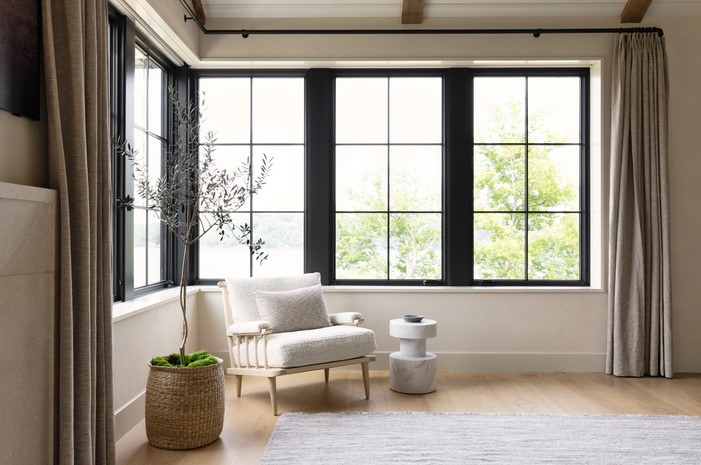 Vinyl window frames have become one of the most popular choices for homeowners seeking both durability and style in their windows. Unlike traditional wood or aluminum options, vinyl window frames offer an array of benefits that make them highly attractive for modern homes. Whether you’re building a new home, replacing old windows, or remodeling, vinyl window frames provide a long-lasting, energy-efficient solution that doesn’t compromise on aesthetics. In this article, we will explore the many advantages of vinyl window frames, their style versatility, and why they may be the ideal option for your next window replacement project.
Vinyl window frames have become one of the most popular choices for homeowners seeking both durability and style in their windows. Unlike traditional wood or aluminum options, vinyl window frames offer an array of benefits that make them highly attractive for modern homes. Whether you’re building a new home, replacing old windows, or remodeling, vinyl window frames provide a long-lasting, energy-efficient solution that doesn’t compromise on aesthetics. In this article, we will explore the many advantages of vinyl window frames, their style versatility, and why they may be the ideal option for your next window replacement project.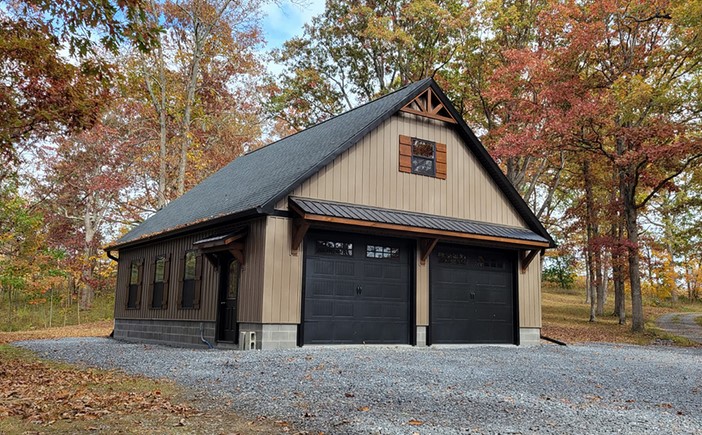 A garage is no longer just a place to park your car; it’s a versatile space that can serve a multitude of purposes, from a storage area to a workshop, or even a personal retreat. As homeowners look to maximize the utility and efficiency of their homes, the demand for custom-built garages has been on the rise. Custom-built garages allow you to design a space that meets your specific needs, offering personalized features that standard pre-built models simply can’t match. Whether you need extra storage space, a dedicated workshop, or a comfortable space to relax, a custom-built garage can provide exactly what you’re looking for. In this article, we will explore the advantages of custom-built garages, the various design options, and how to choose the best features for your lifestyle.
A garage is no longer just a place to park your car; it’s a versatile space that can serve a multitude of purposes, from a storage area to a workshop, or even a personal retreat. As homeowners look to maximize the utility and efficiency of their homes, the demand for custom-built garages has been on the rise. Custom-built garages allow you to design a space that meets your specific needs, offering personalized features that standard pre-built models simply can’t match. Whether you need extra storage space, a dedicated workshop, or a comfortable space to relax, a custom-built garage can provide exactly what you’re looking for. In this article, we will explore the advantages of custom-built garages, the various design options, and how to choose the best features for your lifestyle.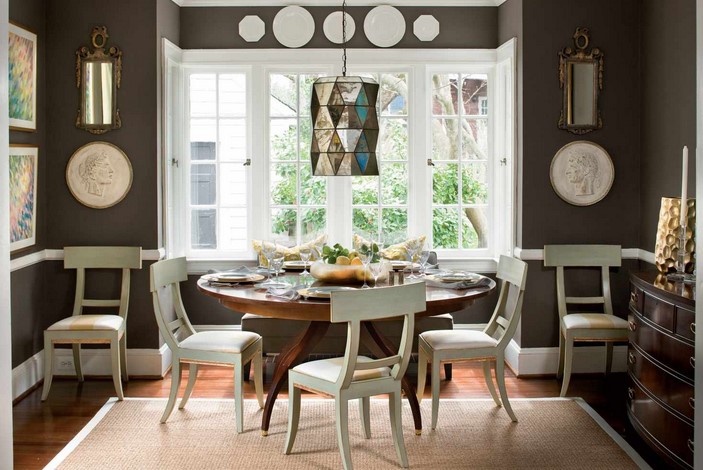 Decorative wall molding is an elegant and timeless way to enhance the aesthetic appeal of any room. Whether you’re renovating an old space or designing a new one, wall molding can instantly transform a plain, mundane wall into a stunning focal point. With various styles, materials, and finishes available, decorative wall molding offers endless possibilities for customization, making it a versatile addition to any home. In this article, we will explore the different types of decorative wall molding, their benefits, and how to effectively incorporate them into your interior design to bring character and sophistication to your living spaces.
Decorative wall molding is an elegant and timeless way to enhance the aesthetic appeal of any room. Whether you’re renovating an old space or designing a new one, wall molding can instantly transform a plain, mundane wall into a stunning focal point. With various styles, materials, and finishes available, decorative wall molding offers endless possibilities for customization, making it a versatile addition to any home. In this article, we will explore the different types of decorative wall molding, their benefits, and how to effectively incorporate them into your interior design to bring character and sophistication to your living spaces.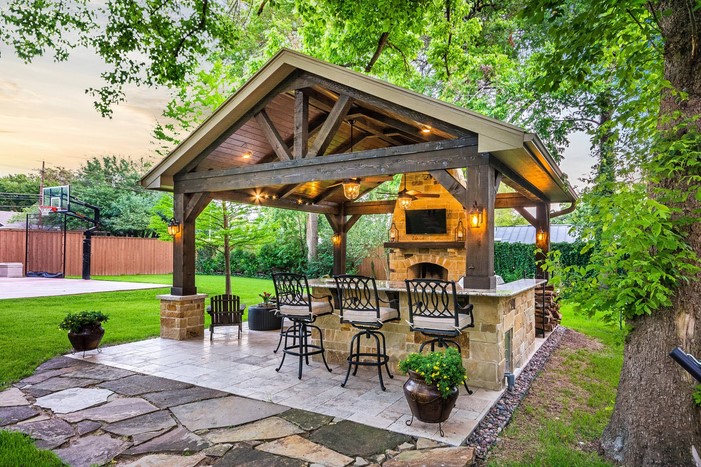 Incorporating stone patio designs into your outdoor living space can transform your backyard into a luxurious and durable environment for relaxation and entertainment. Stone patios not only add visual appeal but also enhance the functionality of your outdoor area. Whether you’re looking to host summer barbecues, enjoy a peaceful evening outdoors, or simply create a functional space for everyday living, stone patios provide the ideal solution. With a wide range of stone options and design ideas available, choosing the right style and materials can be an exciting yet overwhelming task. This article delves into the benefits of stone patio designs, various materials to consider, and the key considerations for creating a beautiful and long-lasting outdoor living space.
Incorporating stone patio designs into your outdoor living space can transform your backyard into a luxurious and durable environment for relaxation and entertainment. Stone patios not only add visual appeal but also enhance the functionality of your outdoor area. Whether you’re looking to host summer barbecues, enjoy a peaceful evening outdoors, or simply create a functional space for everyday living, stone patios provide the ideal solution. With a wide range of stone options and design ideas available, choosing the right style and materials can be an exciting yet overwhelming task. This article delves into the benefits of stone patio designs, various materials to consider, and the key considerations for creating a beautiful and long-lasting outdoor living space.
